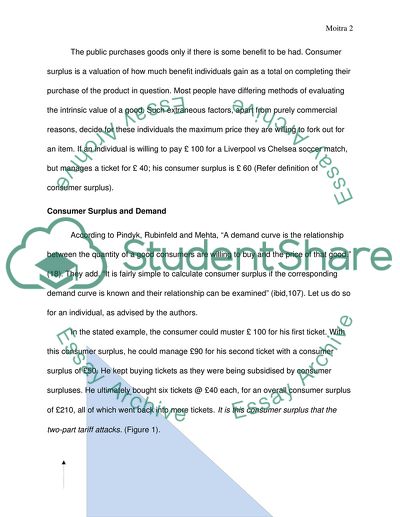Cite this document
(“How Firms Try to Extract Consumer Surplus Using Two-Part Tariffs Essay”, n.d.)
How Firms Try to Extract Consumer Surplus Using Two-Part Tariffs Essay. Retrieved from https://studentshare.org/macro-microeconomics/1574384-module-name-microeconomics
How Firms Try to Extract Consumer Surplus Using Two-Part Tariffs Essay. Retrieved from https://studentshare.org/macro-microeconomics/1574384-module-name-microeconomics
(How Firms Try to Extract Consumer Surplus Using Two-Part Tariffs Essay)
How Firms Try to Extract Consumer Surplus Using Two-Part Tariffs Essay. https://studentshare.org/macro-microeconomics/1574384-module-name-microeconomics.
How Firms Try to Extract Consumer Surplus Using Two-Part Tariffs Essay. https://studentshare.org/macro-microeconomics/1574384-module-name-microeconomics.
“How Firms Try to Extract Consumer Surplus Using Two-Part Tariffs Essay”, n.d. https://studentshare.org/macro-microeconomics/1574384-module-name-microeconomics.


